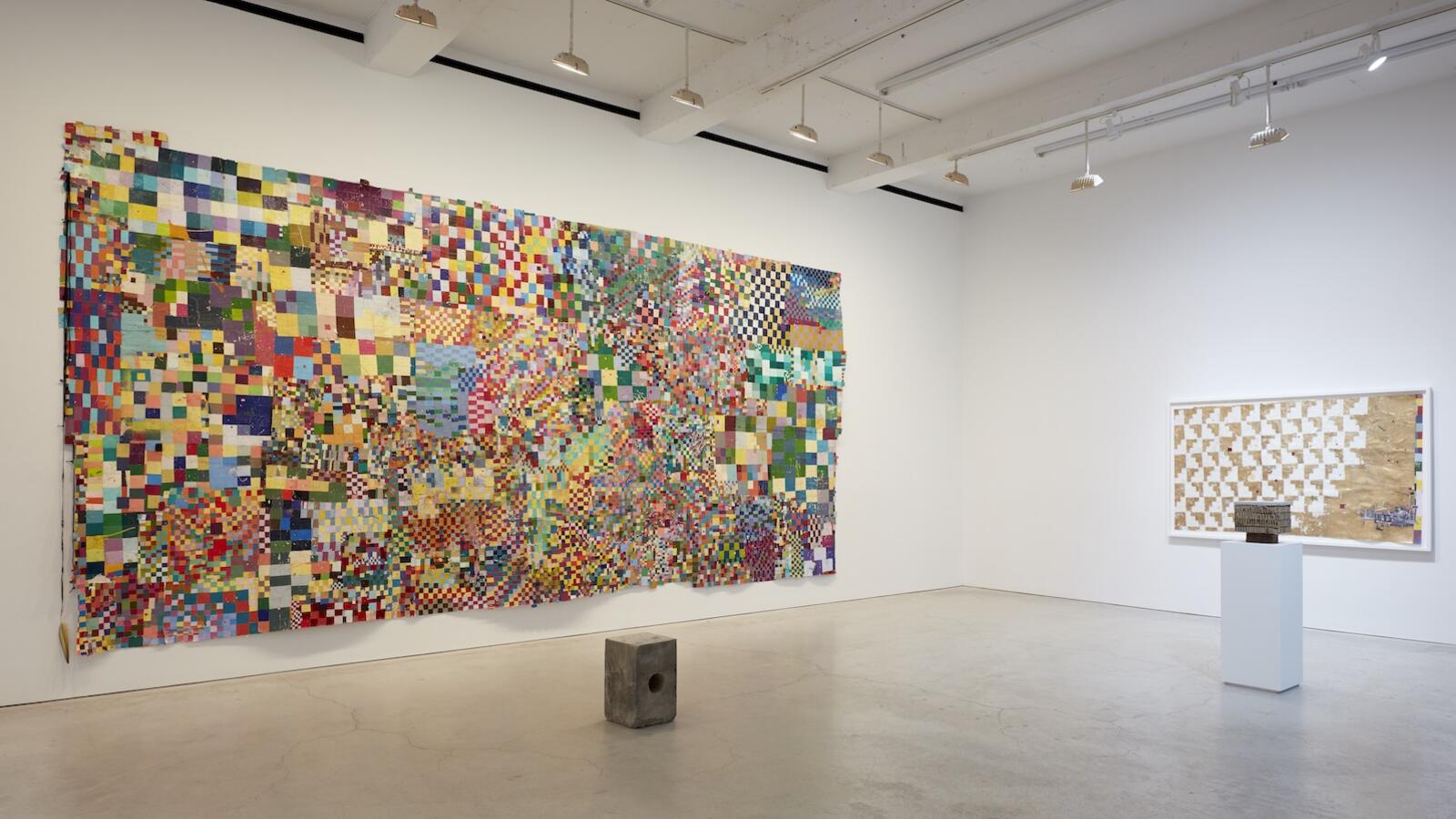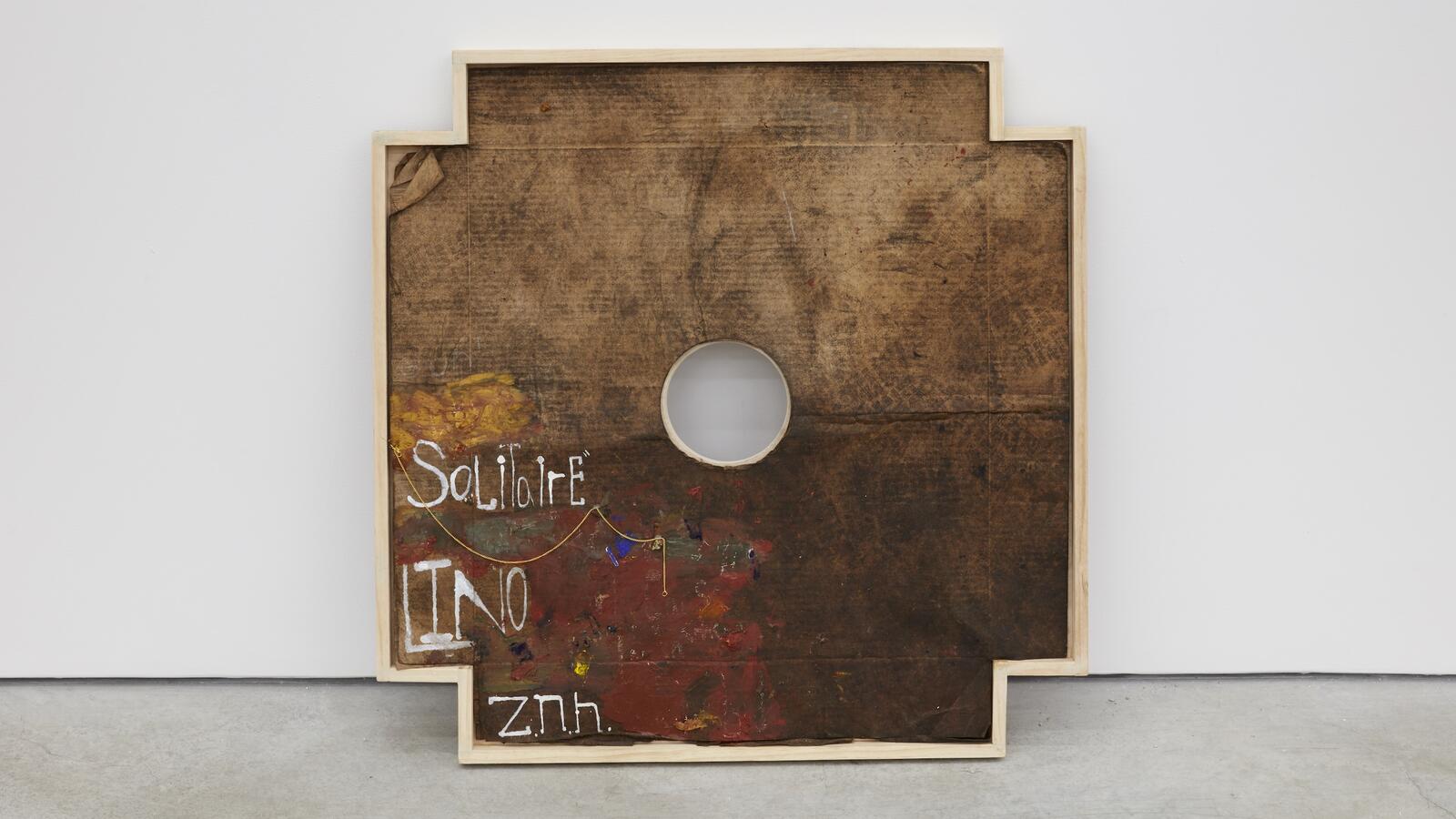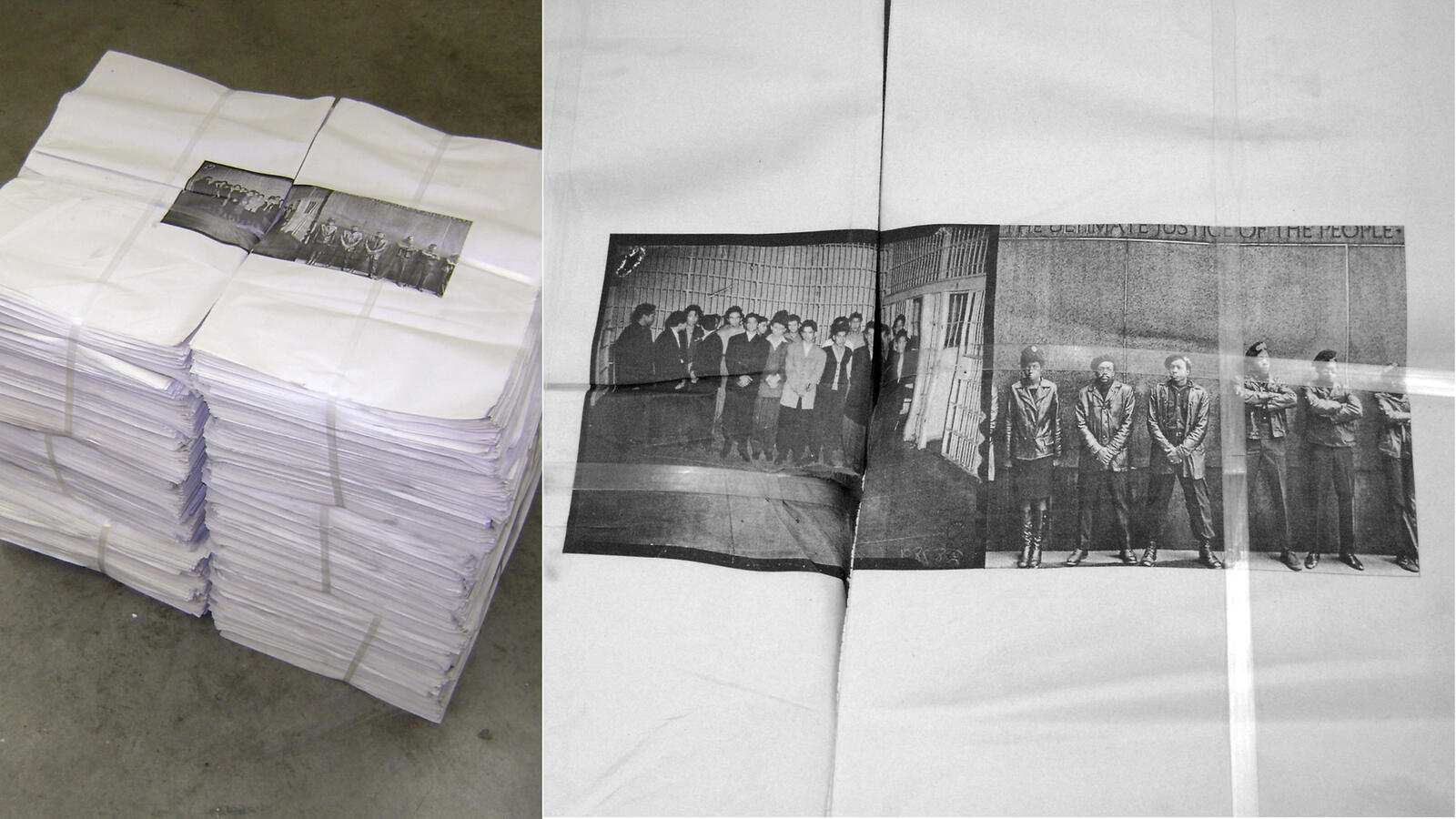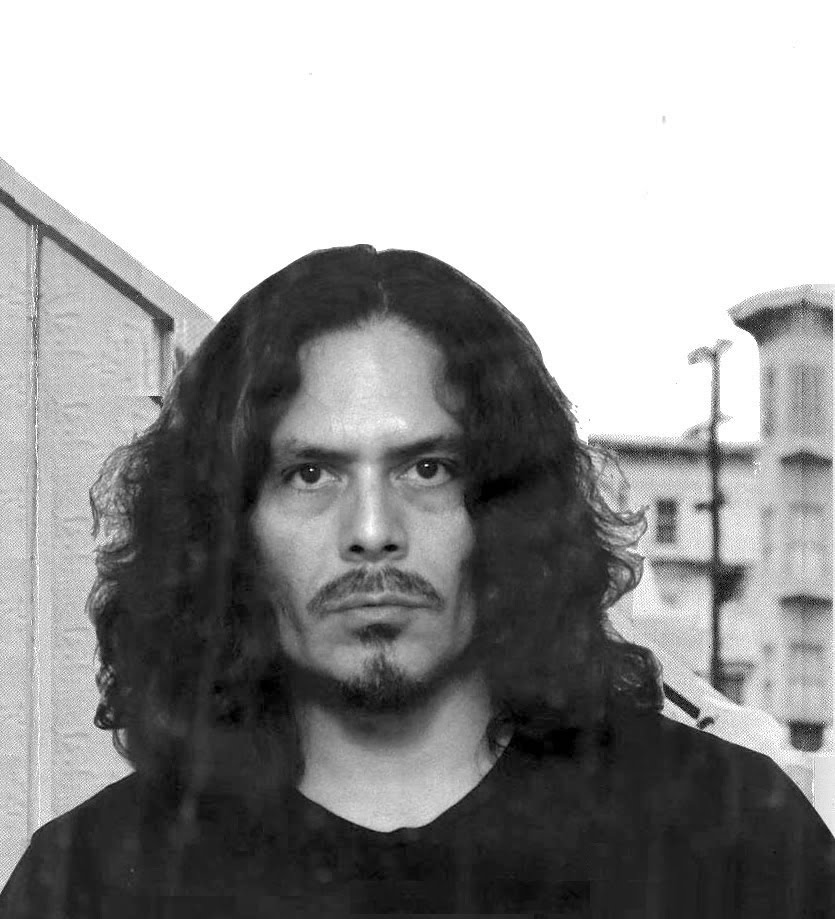I had a .94 GPA during my third year at Miami Dade Community College. It was a two-year college, but my previous school experiences in 1980s Miami were disrupted by violence and crime. Those were the norms in South Florida at the time, but I kept my head in Magic Realism, poetry, sci-fi books, and comic books as a way of coping.
My middle School and high school years were dominated by my inability to focus. I was a terrible student, but I never gave up.
The one thing I excelled in was drawing, but there were no art classes offered. Writing was my second interest. Short stories came naturally to me, so I turned to writing and drawing thousands of comic books as a way of coping with the climate of the times while my mother worked to keep our working-class family of five, from Lima, Peru, afloat.
I found inspiration in the idea of going to college while most of my peers decided to do other things. Some worked to help their families make ends meet, others got married, some disappeared, and others died. It was a difficult time for our community. We had limited survival and coping tools and a landscape full of negative examples. Still, my mom's discipline served as a constructive guide, so I applied and attended MDCC.
After three years passed, I was on the verge of being suspended, lacking focus, funds, and discipline.
It’s a terrible thing to deny ourselves our true passions — for me, it was the arts.






 William Cordova is a cultural practitioner born in Lima, Peru. He lives and works in Miami and New York.
William Cordova is a cultural practitioner born in Lima, Peru. He lives and works in Miami and New York.


